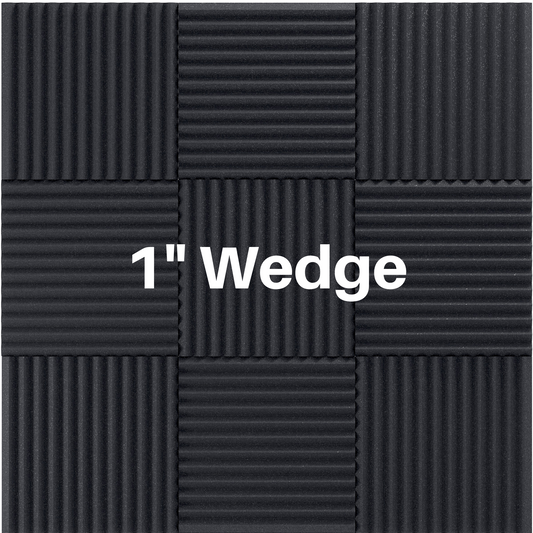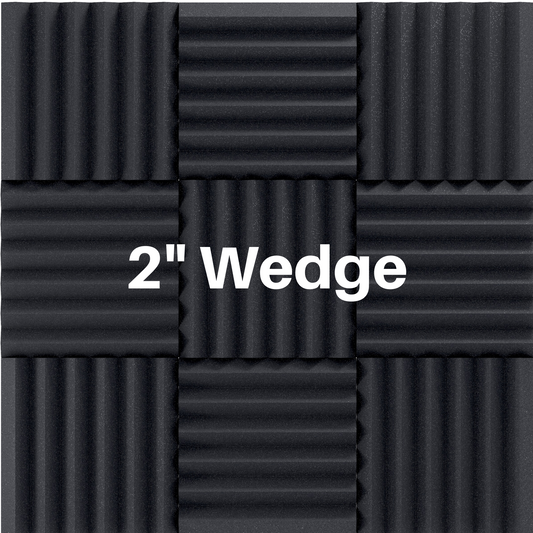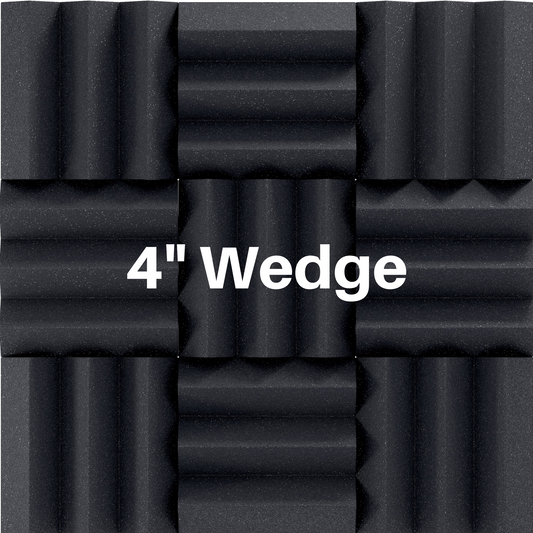How To Record Electric Guitar With A Microphone
Share

Recording electric guitar through an amp with a mic is the classic approach as you get to record the exact noise you are used to hearing come from your amp. Today we are going to go over a couple things to consider when recording your mind melting riffs, including how to set up the recording room, what type of mic to use, and where to place the mic.
How to set up your recording room?
The room you are recording in is important. While not as important as if you were recording something like drums or vocals, the room is still something that needs to be considered. You want a fairly dead sounding room without much reverberation or echoes as you can always add in effects after the recording. If your room has too many echoes you can try using furniture or blankets to create a fort around the amp and mic. If you will be doing a lot of recording in the room you can always invest in acoustic panels so you don’t have to create your fort every time you want to record a track.
What type of mic to use?
The mic selection for recording electric guitar depends a lot on the sound you are going for. If you want a full bodied warm sound then a large diaphragm condenser mic would be a great choice. Maybe you want some heavy rock guitar with distortion and effects. In this case you could get away with a dynamic mic. If you want to record a cleaner sound then a small diaphragm condenser mic is a solid pick.
Where to place the mic?
Positioning the mic is kind of a personal preference but in general you want the mic about 2 to 10 inches from the amp or cabinet. You want to have the mic pointing right at the cone or center of one of the speakers. You will need to experiment with how far away your mic is from the speaker because sometimes moving the mic one inch away or closer can make a world of difference. You can also experiment by placing the mic at slight angles or by placing the mic in front of different speakers if your amp has more than one. These slight changes can have a drastic impact on the sound that comes through in your recording.
There are a bunch of creative ways to get unique sounds when recording an electric guitar amp. Here are a couple electric guitar recording hacks you can use.
- Use two mics. For a larger sound you can place one of the mics close to the speaker cone like mentioned above and place the second mic further away from the amp so it catches some of the room noise. The two mics combined can make your guitar sound big and full.
- Use two amps. If you have more than one guitar amplifier you can create some off the wall sounds by putting a mic to both of them at the same time. You can either single mic each amp, double mic both amps or single mic each amp with a third room mic. Try recording with one amp heavily distorted and the other amp on a clean setting.
- Use cheap mics. There is an abundance of really cheap and old microphones on the market that can provide some truly original tones. It is worth investing in a couple cheap-O’s to have around and experiment with.
- Record in a crazy sounding room. Some examples of these rooms include bathrooms with a large bathtub, the garage, concrete basements or stairwells. You could even bring your amp outside and give it a go if you live in a quite enough area.
Hopefully these tips are helpful. Please feel free to comment about what is your favorite was to record an electric guitar.
Please contact us with any questions at all. We love to help!
Visit our SHOP!
Read More:
How To Record Electric Guitar Without A Microphone
How To Record Electric Bass Guitar
Using Guitar Pick Thicknesses To Get Different Sounds When Recording




